Compact metamaterial-based single/double-negative/near-zero index resonator for 5G sub-6 GHz wireless applications
- PMID: 38834659
- PMCID: PMC11150397
- DOI: 10.1038/s41598-024-63610-x
Compact metamaterial-based single/double-negative/near-zero index resonator for 5G sub-6 GHz wireless applications
Abstract
The concept, performance, and analyses of distinctive, miniaturized metamaterial (MTM) unit cell addressing the forthcoming Sub 6 GHz 5G applications are presented in this paper. Two circular split-ring resonators (CSRR) with two parallel rectangular copper elements in front of the design and a slotted square element in the background make up the suggested metamaterial. It has a line segment with tunable features that is positioned in the center of the little ring copper structure. The suggested design offers a significant operating frequency band of 220 MHz together with a resonance of transmission coefficient S21 at 3.5 GHz. Furthermore, in two (z & x) principal axes of wave propagation, wide-range achievement, single/double-negative (S/DNG) refractive index, negative permittivity, and near-zero permeability properties were demonstrated. Through varying central slotted-strip line length, resonance frequencies can be selectively altered. Moreover, the metamaterial has overall dimensions of 9 × 9 mm2 and is composed on a Rogers 5880 RT substrate. In order to create the suggested MTM's equivalent circuit, which shows similar coefficient of transmission (S21), a proposed design's numerical simulation is carried out in the CST micro-wave studio. This simulation is after that put to comparison with manufacturing of the design.
Keywords: 5G sub-6 GHz; DNG (double negative) metamaterial; ENG (electrical or epsilon negative); MNG (magnetic negative); Near-zero Index; SNG (single negative); Wireless communication.
© 2024. The Author(s).
Conflict of interest statement
The authors declare no competing interests.
Figures
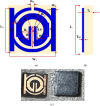
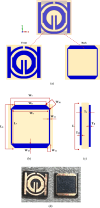
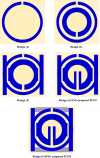
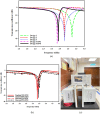


















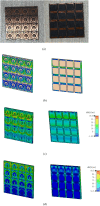

References
-
- Hasan MM, Islam MT, Moniruzzaman M, Uddin MH, Sahar NBM, Samsuzzaman M. Bilateral coupled epsilon negative metamaterial for dual band wireless communications. Comput. Mater. Contin. 2022;71(1):1263–1281. doi: 10.32604/cmc.2022.021388. - DOI
-
- Saleh CM, Almajali E, Jarndal A, Yousaf J, Aljaafreh SS, Amaya RE. Wideband 5G antenna gain enhancement using a compact single-layer millimeter wave metamaterial lens. IEEE Access. 2023;11:14928–14942. doi: 10.1109/ACCESS.2023.3244401. - DOI
LinkOut - more resources
Full Text Sources

